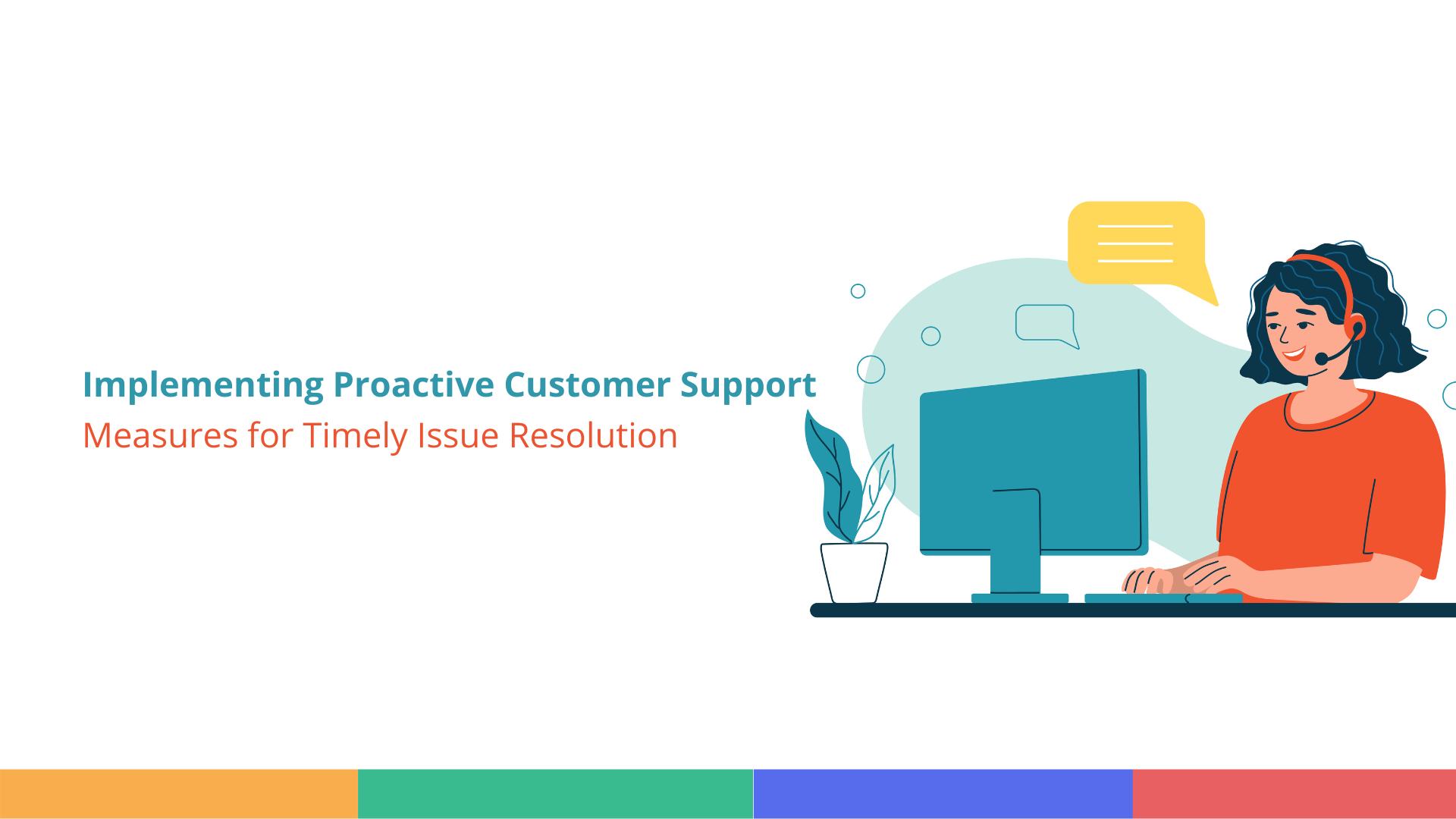As a small seller, support is your only and thus golden opportunity to interact with your customer. To anticipate and address issues before they escalate, turning potential problems into positive experiences. Proactive customer support isn’t just a buzzword; it’s a powerful strategy that can set your business apart, boost customer satisfaction, and drive long-term success. Let’s embark on a journey through the landscape of proactive support, exploring practical strategies that can transform your customer service from reactive to proactive, and ultimately, game-changing.
At the heart of proactive customer support lies a well-crafted FAQ section. Think of it as your silent salesperson, working round the clock to answer common queries. From shipping times to return policies, a comprehensive FAQ can significantly reduce the number of support tickets landing in your inbox. But what happens when customers need more than just static information?
This is where an interactive chatbot comes into play. Don’t let the tech jargon intimidate you; platforms like MobileMonkey and ManyChat make setting up a chatbot a breeze. These virtual helpers can guide customers to relevant FAQ sections, collect details for complex queries, and even handle simple tasks like order tracking. By integrating your FAQ with a chatbot, you’re creating a powerful first line of defense against customer issues.
Here it is important to note that AI chatbot support arrived in force. However, they often are not very accurate and may drive the customer in the wrong direction. It thus is of utter importance to have an option for the customer to break that vicious circle and to contact a human quality customer support representative.
It´s also worthwhile to mention that it makes a difference if the support goal is customer satisfaction than if it is merely to close the ticket.
Customers who reach out via social media, email or SMS, and WhatsApp should have their grievances resolved via the same channels.
Positive, proactive customer support extends beyond your website, reaching into your customers’ inboxes. Automated order update emails are your secret weapon to minimize the number of support tickets. One of the most obvious of these is the dreaded “Where’s my order?” query. Most e-commerce platforms offer this feature, so there’s no excuse not to use it. Include tracking information and consider adding a personal touch, like care instructions or complementary product suggestions. These emails keep customers informed and provide an opportunity for product education.
Speaking of product education, it’s a crucial aspect of proactive support that often goes overlooked. Many customer issues stem from improper use or care of a product. By creating detailed descriptions, care instructions, and video demonstrations, you’re not just preventing issues – you’re building trust and demonstrating your commitment to customer satisfaction. Make this information easily accessible both before and after purchase, and consider incorporating it into your order update emails.
You might consider using this information within your advertising, highlighting the problem your product solves as well as the way it’s functionality is superior to the competition.
This approach to customer education becomes even more critical during seasonal rushes. Create specific FAQ sections for seasonal products, train your chatbot to handle related queries, and develop video tutorials or detailed guides. This preparation not only helps manage the influx of questions but also showcases your expertise and attention to customer needs.
While we’re focusing on preventing issues, it’s important to remember that some problems are inevitable. This is where a clear, easy-to-understand return policy comes into play. Contrary to popular belief, a customer-friendly return policy can actually boost confidence and lead to more sales. Consider creating a self-service return portal where customers can initiate and track their returns. This transparency turns a potentially negative experience into a seamless process, increasing the likelihood of repeat business.
After-sales support is the icing on your buying experience.
Most buyers will have some sort of buyer regret. Post-purchase follow-ups are a simple yet effective tool to enhance customer support. Set up an automated email to go out a week or two after the expected delivery date. Ask about their satisfaction and if they have any questions. This outreach not only shows that you care about their experience but also allows you to address any issues before they escalate into negative reviews or chargebacks.
Speaking of reviews, they’re a goldmine of customers to you. Set up alerts for new reviews and respond promptly, especially to negative ones. Address issues head-on and offer solutions. This responsiveness shows potential customers that you’re attentive and committed to customer satisfaction. It also provides valuable insights into areas where you might need to improve your products or processes.
Use the critique as part of your product development cycle while improving your offers.
These insights lead us to the importance of data in proactive customer support. Keep track of common issues or questions that arise. Use this information to update your FAQ, improve product descriptions, or even make changes to your products. If you notice a pattern of customers struggling with a particular aspect of your product, consider creating a targeted email or video tutorial to address this pain point.
Remember, implementing proactive support measures is an ongoing journey. Regularly review and update your resources, stay informed about industry trends, and be open to new support technologies. As a small e-commerce seller, your ability to provide excellent, proactive customer support can set you apart from larger, less personal competitors.
Read also: EVERYTHING YOU NEED TO KNOW ABOUT SELLING.
Conclusion
Customer Care is more than just a set of tactics— it’s a mindset that puts your customers’ needs at the forefront of your business.
And, Support is your first line of contact with your customers.
By implementing these measures, you’re not only resolving issues before they arise but also building a reputation for exceptional customer care. This approach creates a virtuous cycle: happy customers become loyal advocates, spreading positive word-of-mouth and attracting new business.




